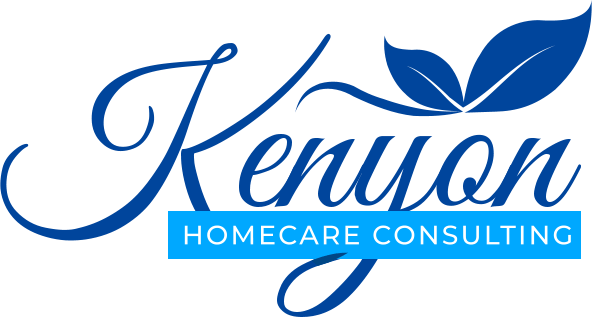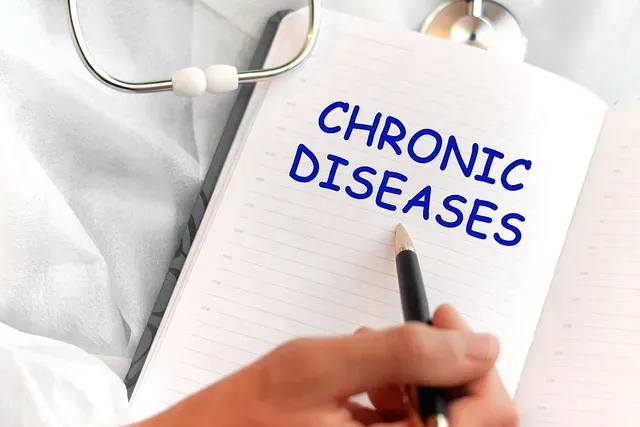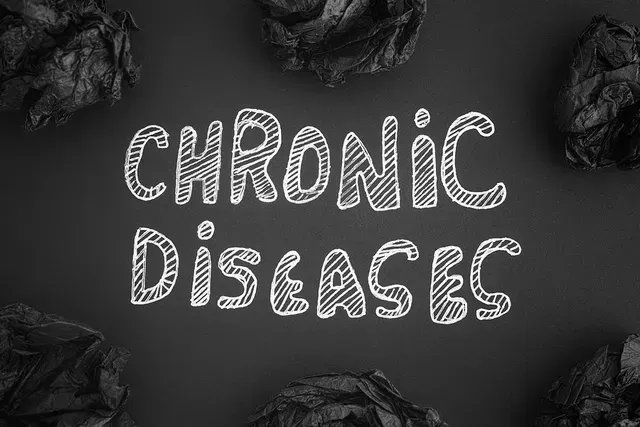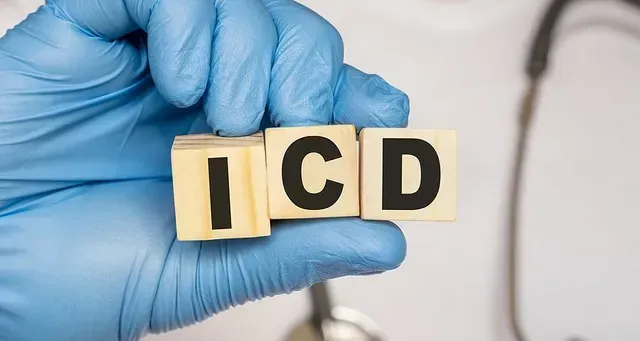Let’s think about how documentation has changed over the years in the home health and hospice industry. Many of us remember a one page flow sheet with a small narrative on back where we described exactly what we did in that visit and how the patient/caregiver responded to teaching. We documented things that weren’t “normal” for the patient. Today, our documentation looks a whole lot different and the question is what we gained.
What We Gained:
Access to a whole lot of information is the answer. The introduction to the electronic medical record allows easy access to vast amounts of information at our fingertips. Nurses and therapists can access scanned in documents from the hospital and see all the data from any previous visits. The changes to the care plan can be made immediately and physician’s orders are generated from the visits. There is no waiting to get back to the office to handwrite an order that was taken. You don’t have to wait and fax something off to the doc when you have direct access in software. Supervisors write direct messages to staff about visits while they are being made. These are all positives for use of the technology in providing services.
When More Clinical Documentation Isn’t Better:
Here’s the rub. Now, our care plans are standard. We don’t see a whole lot of variance between those patients who have the same diagnosis. While we would expect some things to mirror each other, there is also a lack of seeing the individuality in the patient’s situation. The same rings true for the documentation. There is so much documentation, that clinicians don’t have the time to truly review previous visits. There is a lot of repeat teaching that results in care plans where specific interventions were never addressed. Meanwhile, we write all goals met on a discharge summary when we never checked to make sure all goals were met. The patient may still need to be discharged, but often we take credit for things not documented.
We also have seen a decline in the clinical note. The clinical note used to be the meat and potatoes of the visit. Any clinician could easily see what was happening with the patient with a clear and concise clinical note including what the plan for the next visit should be. Now, most items which were part of a clinical note are buried in different sections of the assessment. In our efforts to be more thorough, we are documenting a whole lot more while saying less. It is often so cumbersome, that the meat and potatoes end up missing. If you question this premise, then talk to your MACs about the findings of auditing. How many therapy visits were historically denied prior to PDGM? What nursing visits have 6 pages of documentation without clearly showing the clinical need or skill? The answer is a lot and this is why we see states in Review Choice and high denial rates. It’s because the data shows it just isn’t there. Without streamlining your documentation and making sense of what needs documented and where, you might as well be sitting at a blackjack table.
Let Kenyon Homecare Consulting Help With Documentation:
At Kenyon Homecare Consulting, we focus high quality, patient-centered care. This includes Oasis and documentation training. If you would like to streamline your documentation efforts to improve efficiency and accuracy, call us at 206-721-5091 or contact us online to see how we can help you minimize risk and improve documentation efficiency. Register today for our free webinar February 3rd, Unified Care Planning in 2021 and why it should be your best friend moving forward.it and delete this default text and start typing your own or paste your own from a different source.










